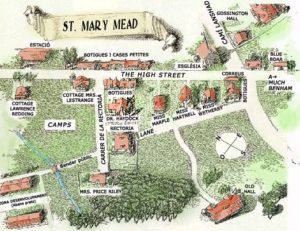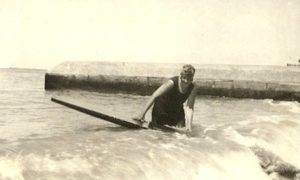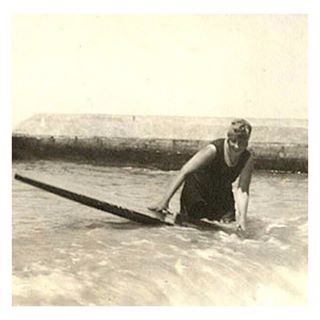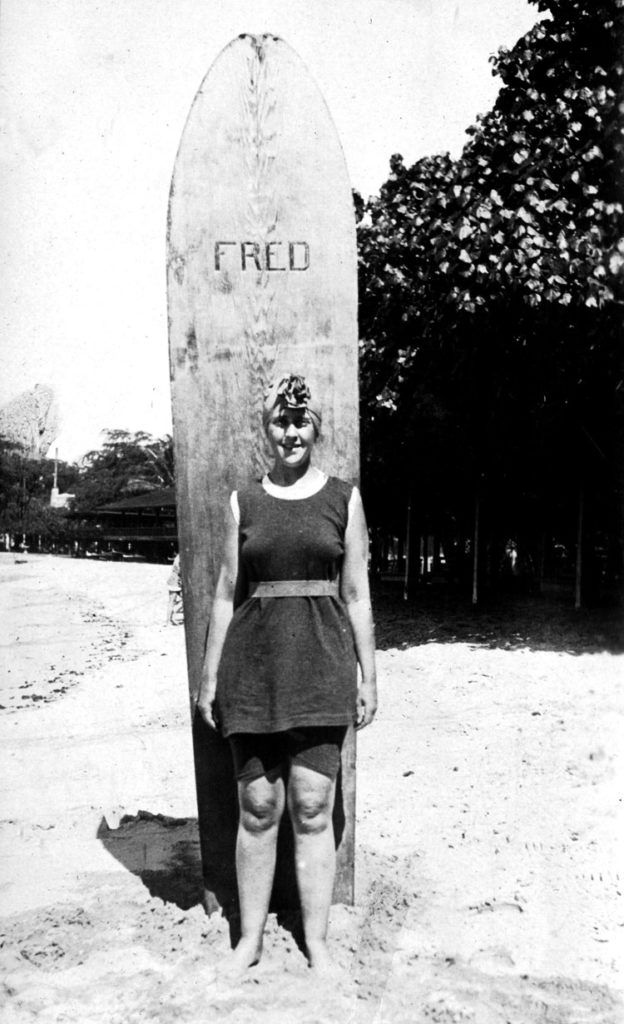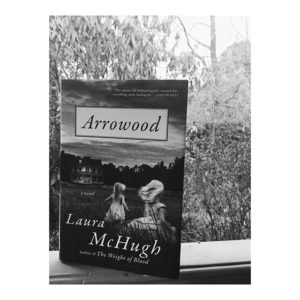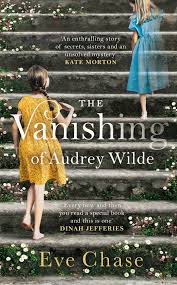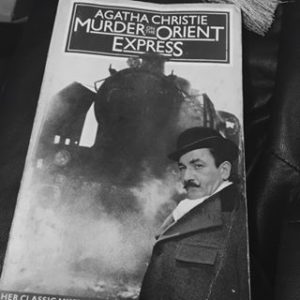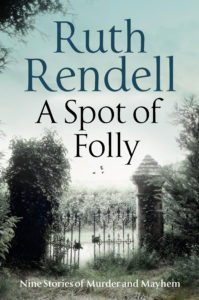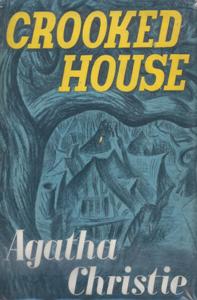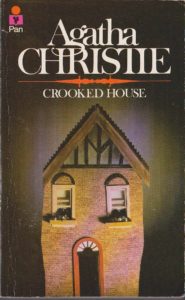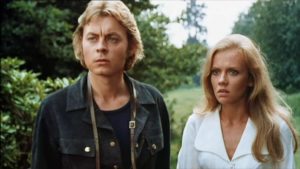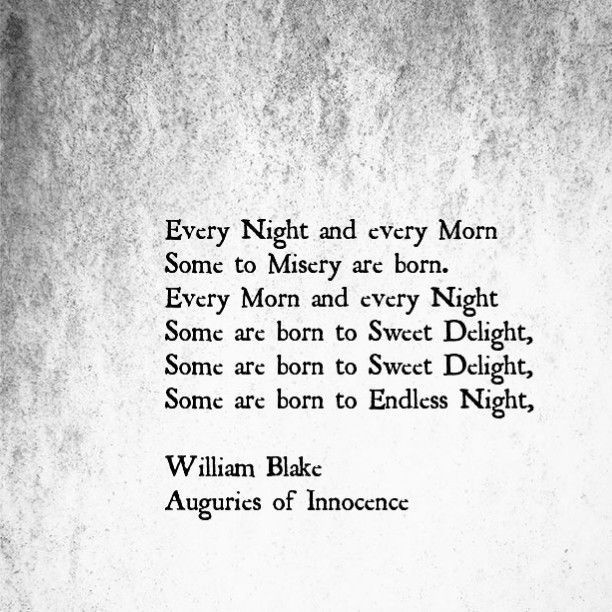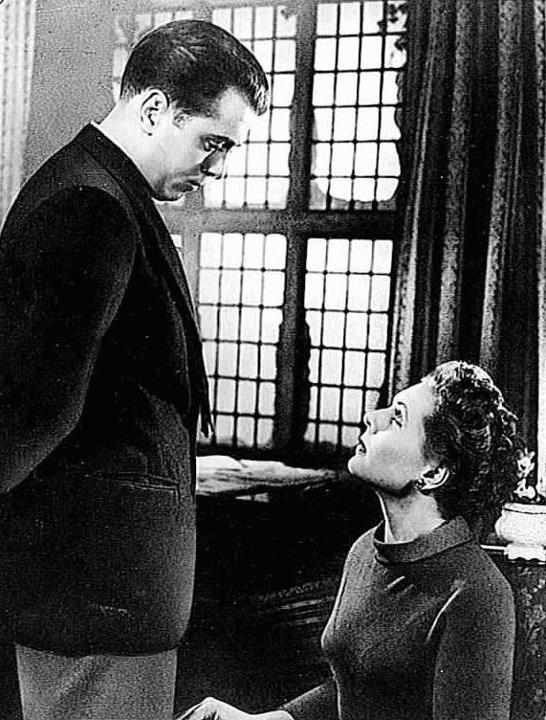The sweet limbo time between Christmas and New Year is always perfect for re-reading old favourites from loved authors. My Christie for Christmas pick was The Moving Finger. A Miss Marple mystery (although she doesn’t make an appearance until Chapter Ten). But it’s a fun read about siblings Jerry and Joanna Burton who move to sleepy Lymstock for Jerry to convalesce after he’s injured in a plane crash. Expecting peace and the usual small town dramas the siblings are met with a poison pen letter-writer and the inevitable grisly murder.

Agatha considered The Moving Finger to be one of her best novels and there’s much to admire in this pacy read which showcases a lot of Agatha tropes: a fun bright young couple in Jerry and Joanna, a village witch in Mrs Cleat, a seemingly sweet old-fashioned spinster in Miss Emily Barton, a rather dour maid you wouldn’t want to mess with in Partridge, an eccentric young girl in Megan Hunter, an earnest village doctor in Dr Owen Griffith and his devoted sister, Aimee. The Reverend Caleb Dane Calthrop and his wife, the formidable Maud Dane Calthrop. Megan’s stepfather, the dry repressed Mr Symmington and his stunning children’s governess, Elsie Holland and several other fascinating characters that Agatha captures so beautifully.
There’s even a romance or two which I’m sure Agatha enjoyed creating. Megan Hunter is a character I’ve found irritating in previous reads although this time around she’s grown on me.

I also love the fictional Lymstock: a village where visitors bring calling cards, the main street boasts two rival butchers, two pubs, a straggling draper’s shop and a beautiful old church dating back to the 1400s. It’s fun watching Joanna and Jerry, bright young Londoners react to this quintessentially English village.
The title was derived from a poem Agatha admired, of the Rubaiyat of Omar Khayyam:
The Moving Finger writes; and, having writ,
Moves on: not all thy Piety nor Wit
Shall lure it back to cancel half a Line,
Nor all thy Tears wash out a Word of it.

My only complaint is I wish there was more Miss Marple. It really could have been a stand-alone sans Marple and been a rollicking read but having her enter in Chapter Ten is a bit frustrating.
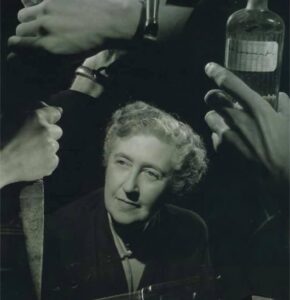
The Moving Finger was published in the US in 1942 and in the UK in 1943. I highly recommend it for a cosy Christmas Christie read.
‘One sees a good deal of human nature living in a village all the year round,’ said Miss Marple placidly.
Then, seeming to feel it was expected of her, she laid down her crochet, and delivered a gentle old-maidish dissertation on murder.
“The great thing is in these cases to keep an absolutely open mind. Most crimes, you see, are so absurdly simple. This one was. Quite sane and straightforward – and quite understandable – in an unpleasant way, of course.” – Miss Marple: The Moving Finger

Image by llya Milstein



 A link to a post from Collecting Christie about the Snowdon photo shoot with Dame Agatha Christie.
A link to a post from Collecting Christie about the Snowdon photo shoot with Dame Agatha Christie.
